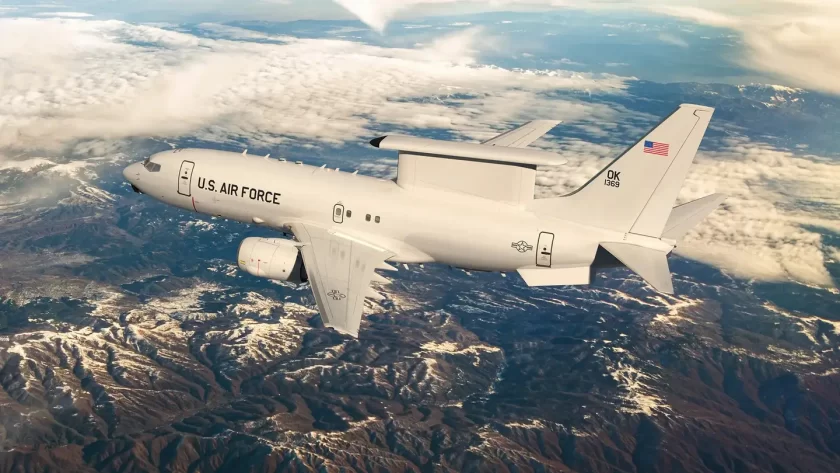General James Hecker, triple-hatted as commander of US Air Forces in Africa (USAFE), Air Forces Africa (AFAFRICA) and NATO’s Allied Air Command, told media on 12 February that Ukraine is making use of a national network of thousands of acoustic sensors to detect and track Russian drones, alert air defence assets and cue drone-hunting teams: and that the US is now seeking to test the system to determine its applicability to its own drone challenges.
“At the unclassified level, Ukraine’s done some pretty sophisticated things to get after [a] persistent ISR” picture of “low altitude objects,” said Hecker during a media roundtable at the Air Warfare Symposium in Aurora, Colorado. “Think if you have a series of sensors, think of your cell phone, okay, with power to it, so it doesn’t die, right? And then you put a microphone to kind of make the acoustics louder of one-way UAVs that are going overhead […] And you have … 6,000 of these things all over the country. They’ve been successful in being able to pick up the one-way UAVs like Shahed 136s and those kinds of things”.
The Shahed 136 has, ironically, been nicknamed the “moped” – a reference to the distinctive (and reasonably loud) sound of its ‘pusher’ engine. Ukrainian forces have used acoustic sensor data to track these drones and pass situational data to deployed mobile defence teams that take the targets of opportunity out with anti-aircraft artillery or other air defence assets. Some speculation exists that dissemination of the data might be via a Telegram-based messaging service that Ukrainian defence volunteers have been able to use for some time.
Hecker indicated that the Ukrainian ability has been briefed to a number of bodies “including the Missile Defense Agency,” and suggested that serious consideration is being given to conducting tests to determine potential applicability to NATO missions. With the significant challenges that ‘low and slow’ drones represent for even latest-generation radar sensors, acoustic sensors could fill capability gaps in an effective and potentially cost-efficient manner. While he admitted that the future E-7A Wedgetail airborne early warning and control (AEW&C) aircraft will potentially provide the level of discrimination and granularity required for generation of a comprehensive situational picture, “Unfortunately, they’re not coming off the line starting tomorrow […] So we have to look for … interim solutions,” he said. Acoustic sensors could be one of those stopgap solutions.
For more information: Ukraine’s microphone-laden balloons that battle Russian drones awe US (interestingengineering.com)
(Image: The E-7 Wedgetail AEW&C aircraft may provide more detailed situational pictures when it comes into service – but the US and allies need interim solutions to enable more effective air defence. Credit: US Air Force)




